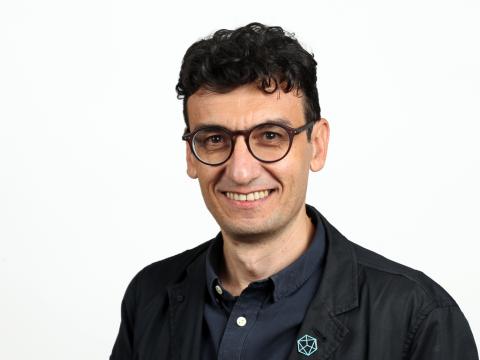Abstract
Bio Protoc. 2024 Oct 5;14(19):e5080. doi: 10.21769/BioProtoc.5080. eCollection 2024 Oct 5.
ABSTRACT
Protein misfolding fuels multiple neurodegenerative diseases, but existing techniques lack the resolution to pinpoint the location and physical properties of aggregates within living cells. Our protocol describes high-resolution confocal and fluorescent lifetime microscopy (Fast 3D FLIM) of an aggregation probing system. This system involves a metastable HaloTag protein (HT-aggr) labeled with P1 solvatochromic fluorophore, which can be targeted to subcellular compartments. This strategy allows to distinguish between aggregated and folded probe species, since P1 fluorophore changes its lifetime depending on the hydrophobicity of its microenvironment. The probe is not fluorescence intensity-dependent, overcoming issues related to intensity-based measurements of labeled proteins, such as control of probe quantity due to differences in expression or photobleaching of a proportion of the fluorophore population. Our approach reports on the performance of the machinery dealing with aggregation-prone substrates and thus opens doors to studying proteostasis and its role in neurodegenerative diseases. Key features • Aggregation state: Tracks aggregate formation and disaggregation with pulse-chase experiments • Sub-organellar resolution: Pinpoints and allows control of aggregate location within the cell, exceeding traditional techniques • Quantitative analysis: Measures aggregate load through image analysis • Methodology: • Metastable HaloTag variant labeling with a solvatochromic small-molecule reporter ligand • High-resolution confocal microscopy coupled with FLIM for aggregate identification and localization • Image analysis for aggregate quantification and distribution within the ER • Pulse-chase experiments to track aggregates.
PMID:39399587 | PMC:PMC11470378 | DOI:10.21769/BioProtoc.5080
UK DRI Authors
